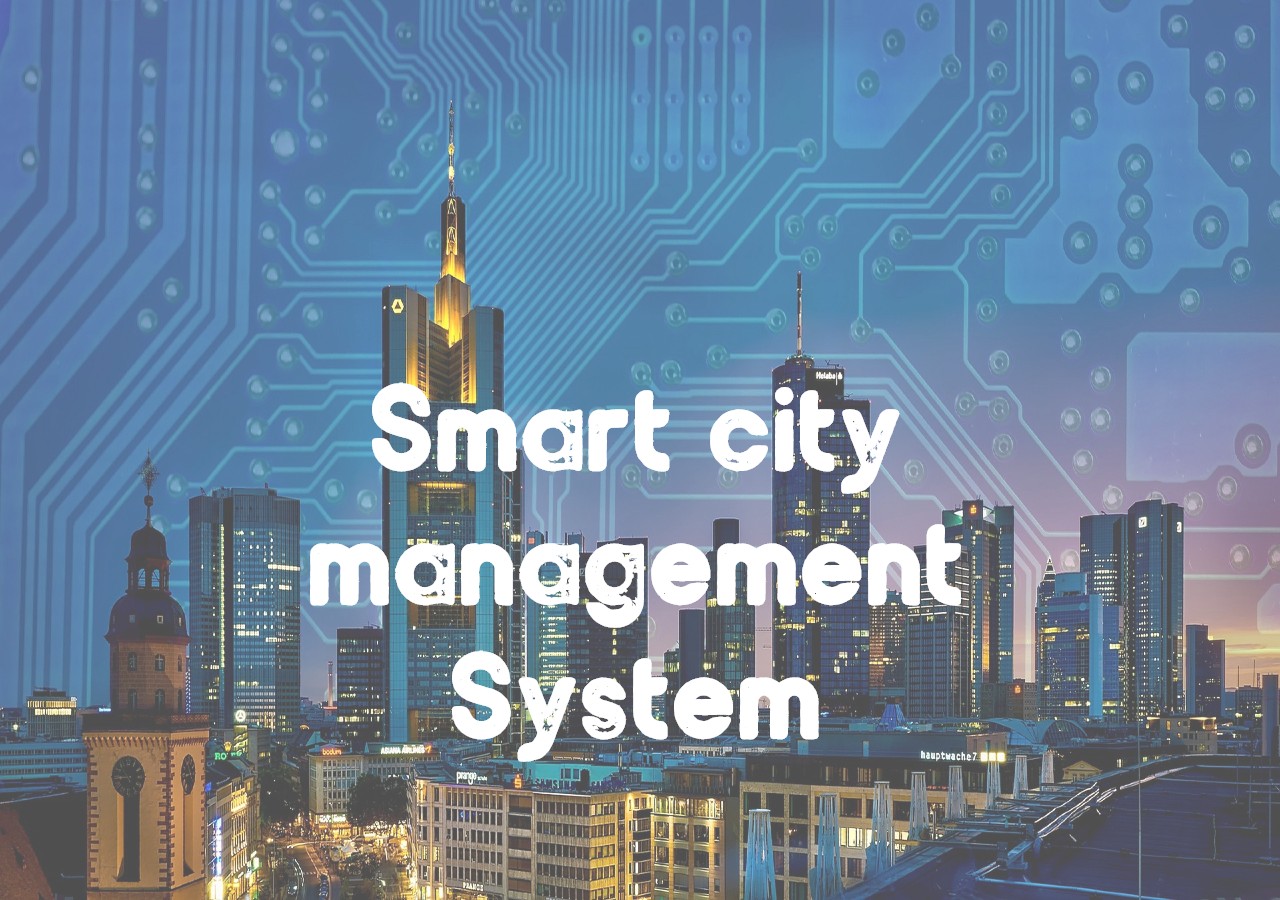In this Article

Running a city is an arduous task. The city’s management has a responsibility to account for the life and property of every resident of the city, either temporary or permanent. Such was the dilemma that most countries had to face at one point or the other in their success story. That was until efforts in the Asset performance management industry lead to the emergence of an efficient city management system that automates the entire process.
What is a Smart City Management System (SCMS)?
Look at it this way, the city management system is like a big screen which captures all the activity that goes on. This is done in a bid to make the street safer and enhance security among other reasons. To effectively achieve this, the management system makes use of various IoTs (Internet of things) technologies and sensors to gather data from citizens, assets, and devices.
These data are then processed, analysed and transformed to manage and monitor facilities like power plants, transport and traffic system, water supply network, crime detection, schools, waste management, hospitals, and other such facilities that are located within the city.
The concept of the city management system provides a perfect blend of fusion between physical resources ICT to optimize the efficient running of all of the city’s operation.
Smart City Management System Drawbacks
Unfortunately, pulling together all of these environments and facilities under a single vendor can become quite cumbersome. Not just that, the desire for a smart city could leave a city crippled in its wake because of its expensiveness. In 2015, the United States Department of transport spent about $40 million in an effort to smarten up its transit system. Similary, many companies do not only find the system expensive, they often fail to achieve optimum city smartness after its introduction.
Building blocks of an effective Smart City Management System
- A combination of IoT hardware and software will facilitate real-time monitoring of assets. This can be built for different networks with sensors in both the urban and rural environment.
- Real-time monitoring of activities within a city provides a safe environment for residents. It can potentially reduce urban incidents by up to 9%. This will also ensure that data is always available upon request to facilitate decision making.
- This system can be instrumental in the formulation of new public facilities plan within the city. This is done by creating building plans that will potentially cut maintenance costs by up to 12%. Energy consumption will also go down by 18% and overall public facilities by 11%.
Features of an effective Smart City Management System
Centralized data storage: Your city management system should collect real-time data from different networks within the city and turn them into data which can be stored by the system. Centralized storage means that you can monitor all your data and control your settings via a single system.
Asset management: Your system should make it possible to keep track of all networks and devices across the city. This includes serial numbers, locations and searches analytics. The machine learning algorithm is able to identify faults and provide improved management strategies.
Seamless data transfer: The system forms a channel that can be used to transfer data to various services. It makes use excel, PDF and other integrated RPA bots.
Map Visualization: at the end of the day, the system should offer an opportunity to discover the city at a glance through navigation systems, online watchdogs, and wireless sensors. Not just that, the system should also be capable of highlighting utility consumption across the city and as a result, help in smartening up cities.
MInnovation build smart sensors and web interface to seamlessly monitor your smart city, we are not new to this industry, ask City of Casey Council and how we helped them with TTN coverage.
Related Blog Posts
How Smart Cities Connect: Getting Started with Edge AI and IoT Technology
How to Get Started with Edge AI and IoT Technologies in Smart Cities: Overcoming Integration Challenges In recent years, the concept of smart cities has evolved from a futuristic Read More
5 Step Strategy: Ensuring Security and Privacy in 15-Minute Smart Cities
Introduction Ensuring security and privacy in 15-minute smart cities is a critical challenge as urban areas become increasingly connected through IoT and edge AI technologies. These cities aim to Read More
What is a smart city and the challenge of legacy systems
How to Get Started with Integrating Legacy Systems in Smart Cities Smart cities are transforming urban landscapes by leveraging technology to improve the quality of life for residents. However, Read More



